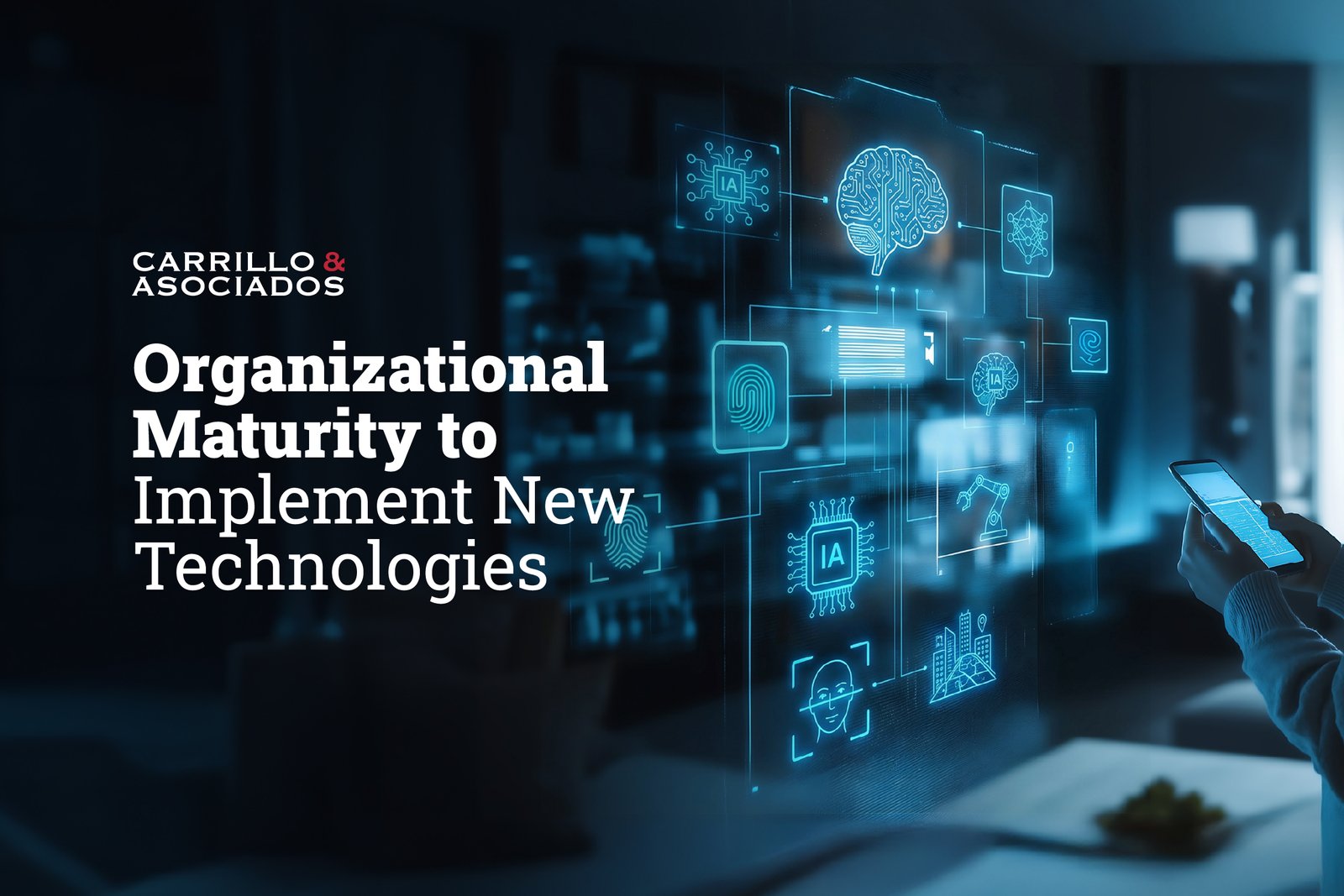
The rise of Artificial Intelligence (AI) is an undeniable phenomenon. It was only three years ago that generative AI began to make waves, and according to the latest McKinsey survey, by the end of 2025, 88% of organizations will be using AI to perform at least one operational function.
But the reality is that, although we are surrounded by advertisements for new AI products and services, and everyone is talking about them, it is one thing to experiment with platforms such as ChatGPT, Grok, or Gemini, and quite another to implement them (and others) with the aim of improving an organization's productivity and reality, while simultaneously complying with the highest IT security standards.
Therefore, before seeking to implement new AI-related technologies, it is good practice to conduct an internal assessment of your organization to determine its Technology Readiness Level (TRL). This method is used to evaluate and measure the degree of development and readiness of a specific technology in an organization, and the capacity for structured and sustainable use within it.
Some of the main reasons for measuring an organization's technological maturity include:
- To identify strengths and weaknesses.
- Improve the adaptability of the team to reduce risks in the transformation process.
- Increasing competitiveness and generating strategic advantages.
- Optimize internal performance and efficiency.
- Justify investments and encourage continuous improvement.
This will also provide insight into organizational maturity in terms of culture, processes, and personnel, and will give an informed perspective on the organization's current readiness to face technological transformation, including the use of AI tools.
In what Stage is your Organization today?
The Massachusetts Institute of Technology (MIT) introduced a four-stage enterprise AI maturity framework to assess organizations and seek to create value from its implementation. These consist of:
- Experiment and Prepare: Organizations begin to discuss which processes should be supervise by humans and define the framework for acceptable and ethical uses of AI technologies.
- Build Pilots and Capacity: in this phase, plans or pilots for AI implementation begin to be worked on with the aim of creating value for both the company and its workers. Here, important metrics are defined to measure success, which processes can be simplified or automated, and how this will be done.
- Industrialize AI Across the Company: It is crucial for the growth and profitability of the organization that, during the implementation of AI, models are built, data and results are made transparent, and a new culture of testing and learning processes is developed.
- Becoming "AI Ready for the Future": In this final stage, organizations have already integrated AI into decision-making and have AI systems created for their own needs.
People tend to make impulsive decisions in the early stages of their development, which, when evaluated with greater perspective and maturity, can lead to regrets. This phenomenon is a natural part of the individual maturation process. A similar pattern is observed in organizations: when a new technology appears on the market, there is often an urge to adopt it immediately. However, careful and rigorous reflection may reveal that the technology does not meet the current needs of the organization or its culture, or that the conditions for its effective implementation are not yet in place.
Therefore, our recommendation is that, prior to implementing new technologies within your organization, it is essential to create and implement a new culture where there are defined and documented processes, data management policies, and policies for the use of technological tools and AI. Finally, all processes should be accompanied by detailed documentation.
This will enable organizations to optimize processes and implement policies, become technologically mature, and thus have the capacity to use technological and artificial intelligence tools without jeopardizing their operations, information, assets, or their customers themselves.


Published on December 1, 2025